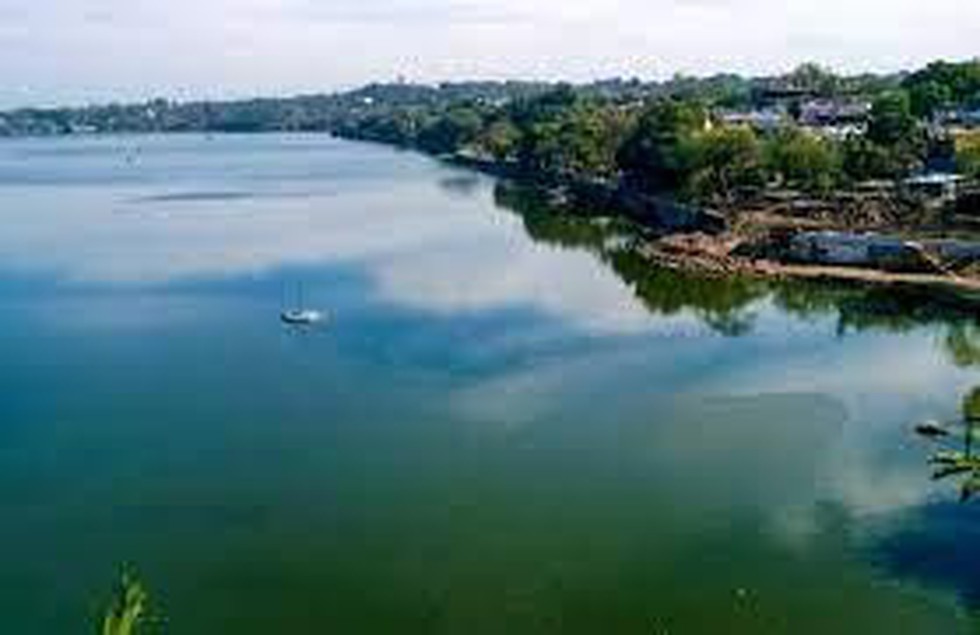About the Bhoj wetland:
- It consists of two contiguous human-made reservoirs, the upper and lower lakes, located in the city of Bhopal, Madhya Pradesh.
- The Upper lake is called Bhojtal (Bada Talaab) and the Lower Lake is known as Chhota Talaab.
- The lakes are very rich in biodiversity, particularly for macrophytes, phytoplankton and zooplankton.
- It has more than 15 kinds of fish and several vulnerable species, including turtles, amphibians and aquatic invertebrates.
- It was designated as the Ramsar site in 2002.
Key facts about the National Green Tribunal (NGT)
- The National Green Tribunal has been established under the National Green Tribunal Act 2010.
- New Delhi is the Principal Place of Sitting of the Tribunal, and Bhopal, Pune, Kolkata and Chennai shall be the other four places of sitting of the Tribunal.
- NGT is mandated to make disposal of applications or appeals finally within 6 months of the filing of the same.
- Composition
- It comprises the Chairperson, the Judicial Members, and the Expert Members.
- They shall hold office for a term of 5 years and are not eligible for reappointment.
- The Chairperson is appointed by the Central Government in consultation with the Chief Justice of India (CJI).
- A Selection Committee shall be formed by the central government to appoint the Judicial Members and Expert Members.
- There are to be at least 10 and a maximum of 20 full-time Judicial members and Expert Members in the tribunal.
What is the Ramsar Convention?
- This convention was signed on 2nd February 1971 to preserve the ecological character of their wetlands of international importance.
- It is named after Ramsar, the Iranian city where the treaty was signed in 1971, and places chosen for conservation under it are given the tag ‘Ramsar site’.
